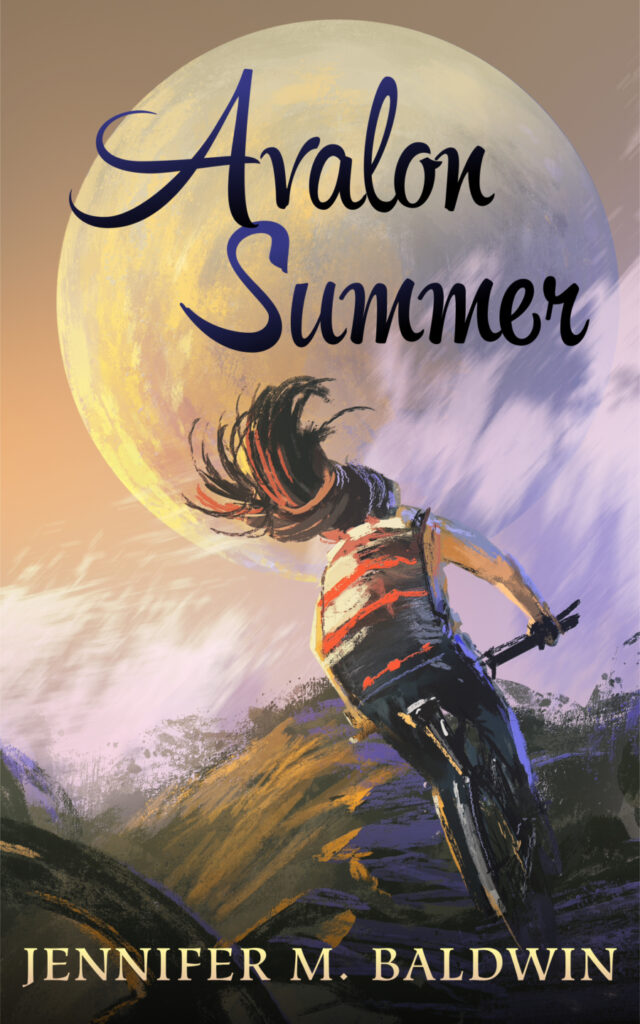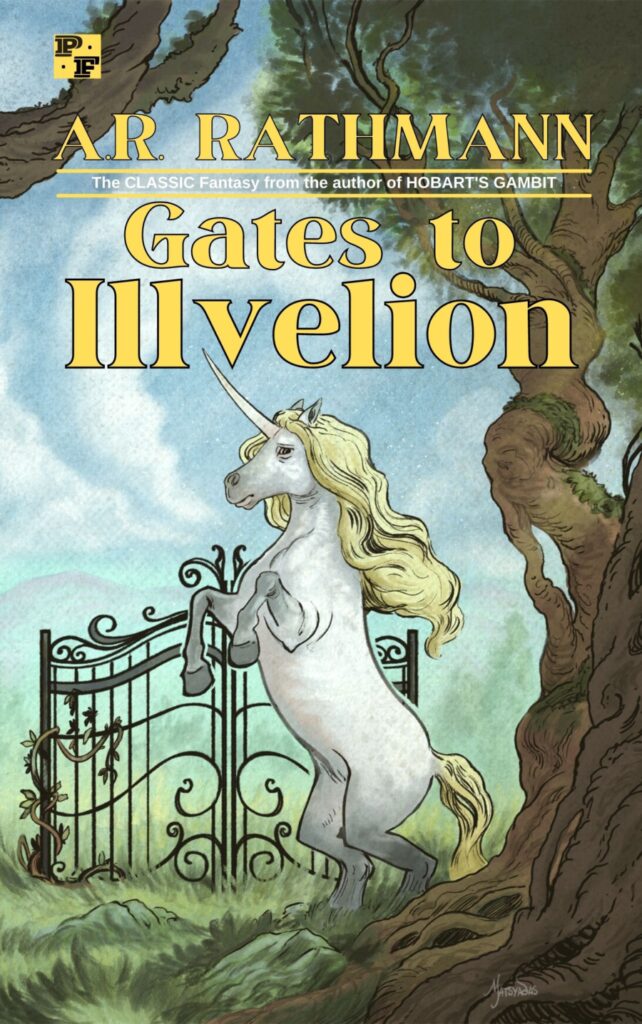It feels like spring here in Michigan. For two days, at least, we’ve had a thaw: snow melting into great running rivulets along the sides of roads, puddles everywhere, blue sky and birdsong. I’ve also started a new notebook, having finished my previous one this past weekend.
Upon starting a new notebook (spiral-bound, flimsy cardboard cover, the kind you can get at any CVS or Kroger), I like to enliven it with a “guardian spirit” on the first page (hat tip: Austin Kleon for the “guardian spirit” concept).
For this new notebook — as February ends and spring begins (eventually) — I want someone who embodies the kind of disposition I’m hoping to cultivate this season. Ice is cracking, snow is melting.
I’ve decided on C.S. Lewis, but not merely because of the obvious allusion to his most famous children’s book about the end of winter.
My children and I just recently finished the audiobook of The Silver Chair (topnotch performance by Jeremy Northam, by the way).
I often can’t decide which Narnia book is my favorite — it’s a three-way tie between Chair, Dawn Treader, and Magician’s Nephew — but since The Silver Chair is freshest in my memory, it’s my favorite for now. It’s the perfect “knightly quest” narrative. Jill and Eustace are sent on a great mission to rescue the king’s son, they have signs and directions to follow that they often bungle, but nevertheless, they continue to seek the fulfillment of the charge placed before them, and in the course of their journey, they face giants, and strange magic, and monsters, and wondrous creatures. Also, there are talking owls. I am a sucker for talking owls.
And Puddleglum. Puddleglum and Reepicheep. Best Narnians by a country mile. Northam’s voice for Puddleglum is perfection.
I also finished John Hendrix’s fantastic graphic novel about Lewis and Tolkien called The Mythmakers (another Kleon recommendation and also utterly topnotch).
At some point in the future I’d like to write a bit more about The Mythmakers because it was completely wonderful, but for now I’ll say that the portrait Hendrix paints of both men made me fall in love with their lives and their journey all over again.
(I say “all over again” because I was already a huge Lewis and Tolkien nerd, but Hendrix’s comic has reinvigorated and reoriented that passion… I’m even thinking of choosing new books for my British Lit class next year due to the ideas Hendrix’s graphic novel ignited.)
Lewis, myths, stories, adventure, the creative process: all of it hits where I’m at right now. I’m not exactly an Oxford don, but as a high school English teacher, I have some affinity for professors like Lewis and Tolkien: teachers who also cared deeply about their work as writers. I’m much more Tolkien-esque in my procrastination and slow production, but I aspire to be more Lewis-ish. I admire prolific artists, and Lewis was decidedly prolific.
He also was a voracious reader and loved many books and genres. I’d like to think that I read a lot, but I also want inspiration to keep reading more (and more widely). I want to reclaim myself as a Reader, capital-R, and even more particularly as a BOOK reader. There are many wonderful blog posts, articles, essays, and sundry on the internet, but I want books. Books to read. Books to spend hours upon hours lost inside. I want to read books the way Bilbo wants to see mountains.
Tolkien was famously (infamously?) critical of Lewis’s habit of throwing everything-and-the-kitchen-sink into his Narnia stories, but I’m much more a Lewis than a Tolkien when it comes to my own storytelling and world-building. Lewis’s fantasy stories are very “Arthurian” in that sense. Everything is up for grabs. The mythos can contain multitudes.
(Anyone familiar with the breadth of Arthurian stories from the Middle Ages and beyond will know that there’s nothing the Arthurian mythos can’t contain, or practically nothing. Lewis, as a medievalist and lover of Arthuriana, was always much more comfortable weaving different traditions and legends together; whereas Tolkien, though also a medievalist, was less enamored of the King Arthur legends and less inclined to the hodgepodgey quality of those stories.)
I can already feel the pull of my library books, and already the desire to take solitary long walks through the countryside, and at last the desire for tea (or beer), good conversation, and the sharing of stories.





